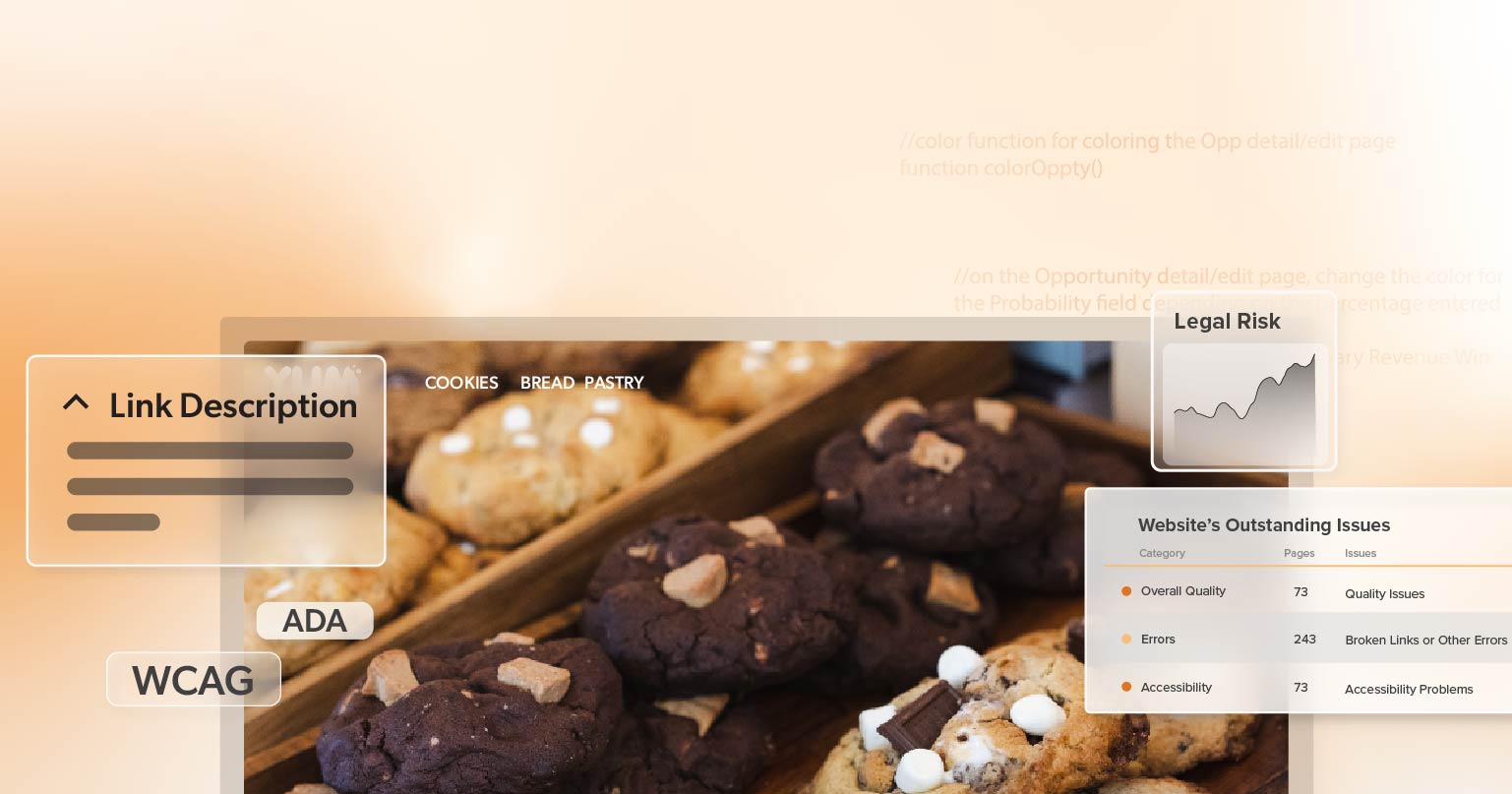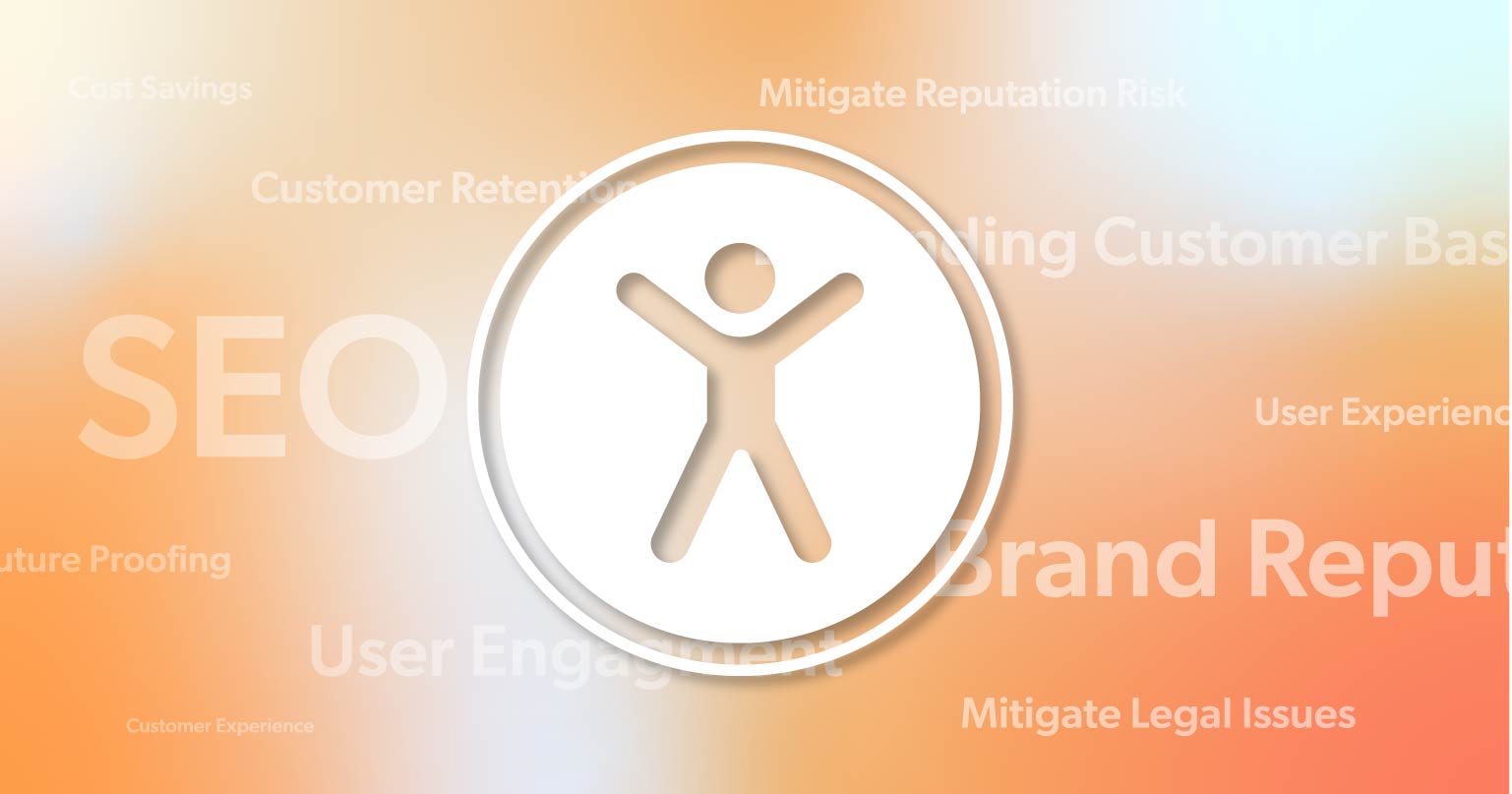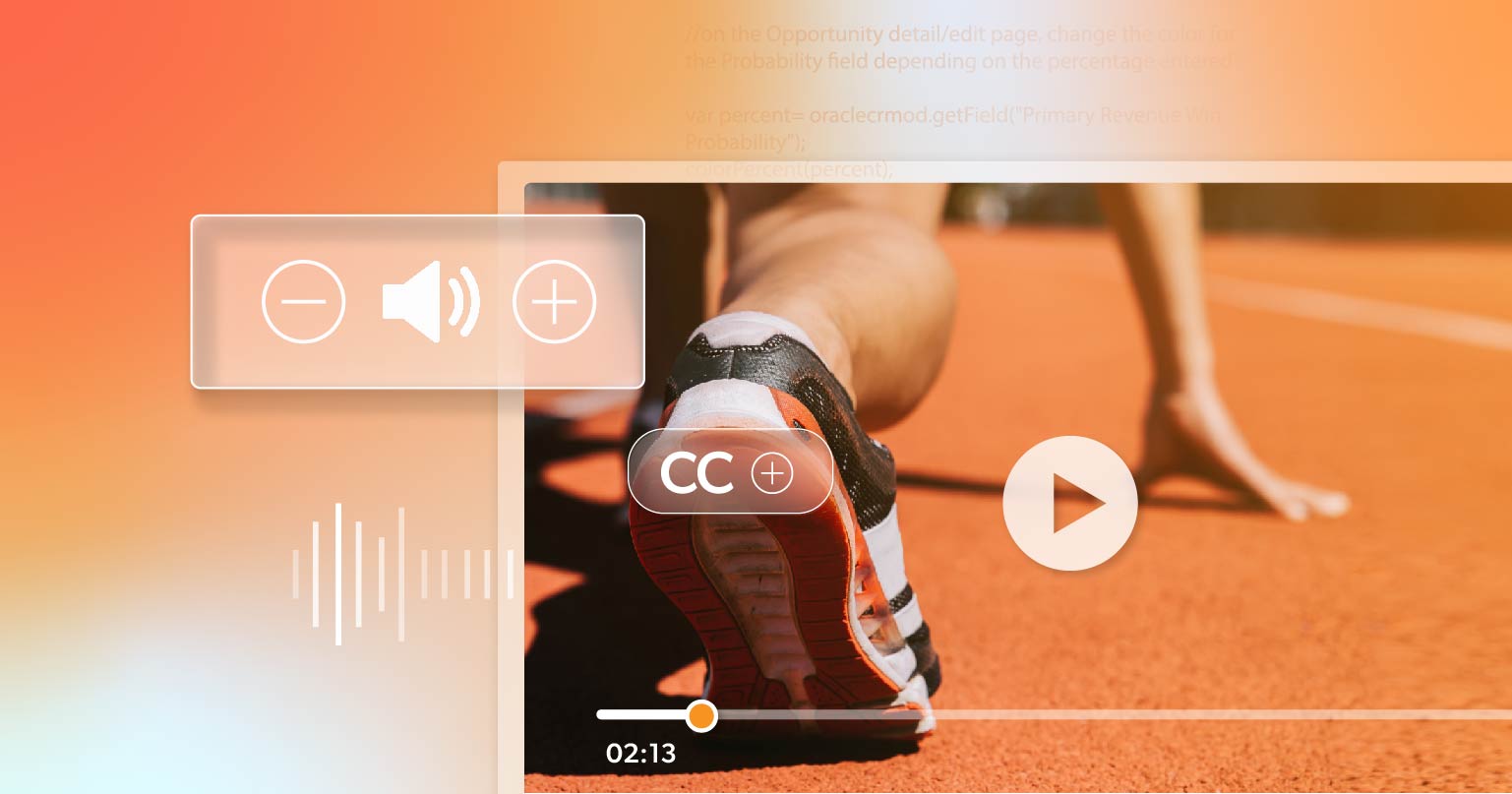When ensuring your organization’s compliance with ADA Title II, selecting the right partner to guide you through the process is crucial. ADA Title II mandates that state and local governments, as well as any of their departments, agencies, or other instrumentalities, must not discriminate against individuals with disabilities. Compliance with these regulations safeguards your organization against legal risks and ensures your services are accessible to all individuals. To make an informed decision when choosing a partner for ADA Title II compliance, here are key questions you should ask.
Have You Worked with ADA Title III Compliance Before?
ADA Title II compliance shares similarities with ADA Title III, which focuses on public accommodations provided by private entities. A partner with experience in ADA Title III compliance will have a solid understanding of accessibility requirements across different sectors. While Title II and Title III address various types of entities, the underlying accessibility principles remain consistent. A partner with experience in both areas will bring a comprehensive understanding of the legal landscape, helping you navigate the complexities of ADA compliance more effectively.
How Well Do You Know WCAG 2.1 A/AA Standards?
The Web Content Accessibility Guidelines (WCAG) 2.1 are the most widely recognized standards for digital accessibility. They provide a framework for making web content more accessible to people with disabilities, including those with visual, auditory, cognitive, and motor impairments. Ensuring your partner has an in-depth knowledge of WCAG 2.1 A/AA standards is crucial because these guidelines serve as the benchmark for evaluating your organization’s digital accessibility. A knowledgeable partner can guide you through implementing these standards, ensuring that your digital properties meet or exceed compliance requirements.
How Skilled is Your Team in Accessibility?
The expertise of the team working on your ADA compliance project is a critical factor in your success. Ask about the qualifications and experience of the team members handling your account. Do they have certifications in accessibility, such as Certified Professional in Accessibility Core Competencies (CPACC) or Web Accessibility Specialist (WAS)? How many years of experience do they have in the field? A skilled team with a deep understanding of accessibility can assure you that your project will be handled with the utmost care and expertise.
What is Your Process for Conducting Accessibility Audits?
An accessibility audit is the foundation of any compliance effort. It identifies areas where your organization falls short of ADA requirements and provides a roadmap for remediation. Ask potential partners to explain their audit process in detail. How thorough is their approach? Do they conduct both automated and manual testing? How do they document their findings?
Understanding their process will give you insight into the level of detail and accuracy you can expect in their audit reports. A rigorous audit process is essential for identifying all accessibility issues and ensuring nothing is overlooked.
How Do You Prioritize and Address Accessibility Issues?
Not all accessibility issues are created equal. Some may have a significant impact on users with disabilities, while others may be less critical. A competent partner should have a clear strategy for prioritizing and addressing accessibility issues. Ask them how they determine which issues to tackle and how to address them. Do they focus on issues that have the most significant impact on user experience first, or do they take a different approach? Understanding their prioritization process will help you resolve the most pressing issues promptly, reducing the risk of non-compliance.
What Testing Methods Do You Use?
Testing is a critical component of ensuring ADA compliance. Ask your potential partner about the testing methods they use to evaluate accessibility. Do they rely solely on automated tools, or do they also conduct manual testing?
Automated tools are excellent for identifying specific issues but can’t catch everything. Manual testing by individuals with disabilities provides valuable insights into how real users experience your digital content. A combination of both methods is ideal for a comprehensive assessment of your organization’s accessibility.
How Will You Help Us Maintain Accessibility Over Time?
Achieving ADA compliance is not a one-time effort; it’s an ongoing process. Your digital content will evolve, and new accessibility challenges may arise. Ask your potential partner how they plan to help you maintain accessibility over time. Do they offer ongoing monitoring services to ensure your digital properties remain compliant as updates are made? How do they stay up to date with changes in accessibility standards and regulations? A partner committed to long-term support will help you remain compliant and avoid potential legal pitfalls in the future.
What Technology and Tools Do You Use for Accessibility?
The tools and technology your partner uses can significantly impact the effectiveness of their accessibility efforts. Ask about the specific tools they use for auditing, testing, and remediation. Do they use industry-standard tools such as WAVE or JAWS? How do they leverage these tools to identify and resolve accessibility issues? Additionally, ask about any proprietary tools they may have developed. A partner with advanced technology and tools will be better equipped to handle complex accessibility challenges and deliver effective solutions.
Do You Offer Training?
Training is a vital component of sustaining ADA compliance. Your staff needs to be educated on accessibility best practices to ensure your digital content remains compliant as it evolves. Ask your potential partner if they offer training services. Do they provide customized training sessions tailored to your organization’s needs? Do they offer resources and support for your team to continue learning about accessibility?
A partner who offers comprehensive training will empower your organization to maintain accessibility independently, reducing the need for constant external intervention.
Conclusion
Choosing the right partner for ADA Title II compliance is a crucial decision that can have long-lasting implications for your organization. By asking the right questions, you can ensure that your partner has the expertise, experience, and resources needed to guide you through the complexities of ADA compliance. A knowledgeable and skilled partner will help you achieve and maintain compliance, mitigating legal risks and ensuring that your services are accessible to all individuals, regardless of their abilities. Prioritize partners who demonstrate a deep understanding of accessibility, a commitment to ongoing support, and a comprehensive approach to testing and remediation.
At 216digital, we specialize in helping organizations like yours successfully navigate ADA compliance with expert guidance, tailored solutions, and ongoing support. Schedule an ADA compliance briefing with our team today to learn how we can help you stay ahead of regulations, reduce legal risks, and build an inclusive digital experience. Let’s work together to ensure your organization meets and exceeds accessibility standards.









